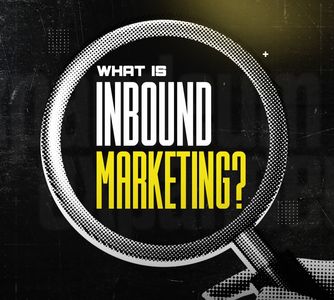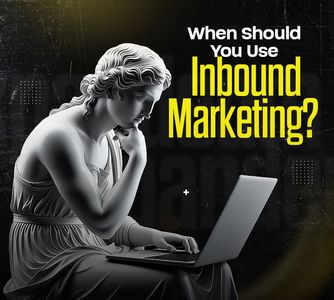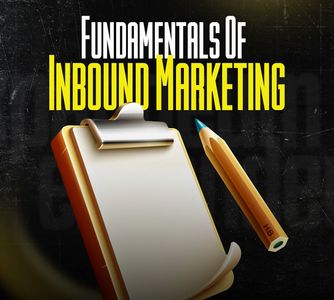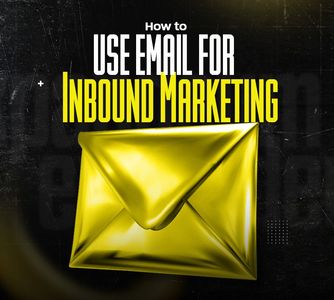
In today’s digital-first business world, decision makers are more informed than ever. Instead of responding to ads or cold calls, they actively search for insights, solutions, and trusted partners. This is where B2B inbound marketing becomes essential.
At Expandeum, we help businesses implement inbound strategies that drive measurable growth by attracting the right audience, nurturing leads, and turning prospects into long-term partners. Let’s explore inbound marketing step by step.

Inbound marketing is a customer focused approach that draws clients in by providing valuable content, personalized experiences, and solutions that meet their needs. Instead of pushing products, inbound attracts attention naturally.
For example, a SaaS company might publish a guide on data security best practices. This builds trust, educates potential clients, and positions the brand as a reliable solution provider before a sales conversation even begins.
Inbound marketing can be defined as:
Unlike traditional outbound methods, inbound creates sustainable demand generation by aligning marketing efforts with the customer journey.
At Expandeum, we craft inbound strategies that integrate content, automation, and analytics, ensuring each stage of the buyer’s journey delivers measurable value.

Inbound marketing works best for businesses that:

The inbound marketing methodology can be broken down into three stages:
1. Attract
Use SEO driven content, blogs, and social engagement to bring the right audience to your brand.
2. Engage
Convert website visitors into qualified leads with webinars, case studies, and tailored resources.
3. Delight
Nurture existing clients with personalized communication, automation, and customer support, transforming them into long-term advocates.
This cyclical process ensures inbound isn’t just about leads it’s about building lasting partnerships.

Email remains a cornerstone of inbound marketing, but only when used strategically. Instead of generic blasts, inbound email focuses on automation, personalization, and relevance.
Effective approaches include:
Welcome campaigns to onboard new subscribers.
Behavior-triggered workflows that respond to user actions on your website.
Educational sequences with eBooks, case studies, or guides.
Re-engagement emails that reconnect with inactive leads.
At Expandeum, we design automated email journeys that fuel the entire inbound funnel, guiding prospects naturally toward conversion.
Inbound marketing can take many forms. Some proven examples include:
Each of these strategies strengthens trust and keeps your brand top of mind for potential clients.
Inbound marketing is more than a tactic it’s a philosophy of building relationships through value and trust. For B2B companies, it’s the most effective way to reduce acquisition costs, attract high-quality leads, and achieve sustainable growth.
At Expandeum, we design inbound systems tailored to your industry and goals. From content strategy to automation, we ensure every touchpoint contributes to long term success.
Let’s create an inbound strategy that attracts, engages, and delights your ideal clients.
B2B inbound marketing is a strategy that attracts potential clients with valuable content, SEO, and automation, instead of relying on direct ads or cold calls.
Inbound marketing builds trust, positions your brand as an authority, and generates high-quality leads at a lower cost than outbound tactics.
It’s most effective when sales cycles are long, industries are complex, and building authority is essential for success.
Email nurtures lead with personalized, automated content, helping prospects move from awareness to decision without being overwhelmed.
Examples include blogs, webinars, case studies, automation workflows, and customer success stories.